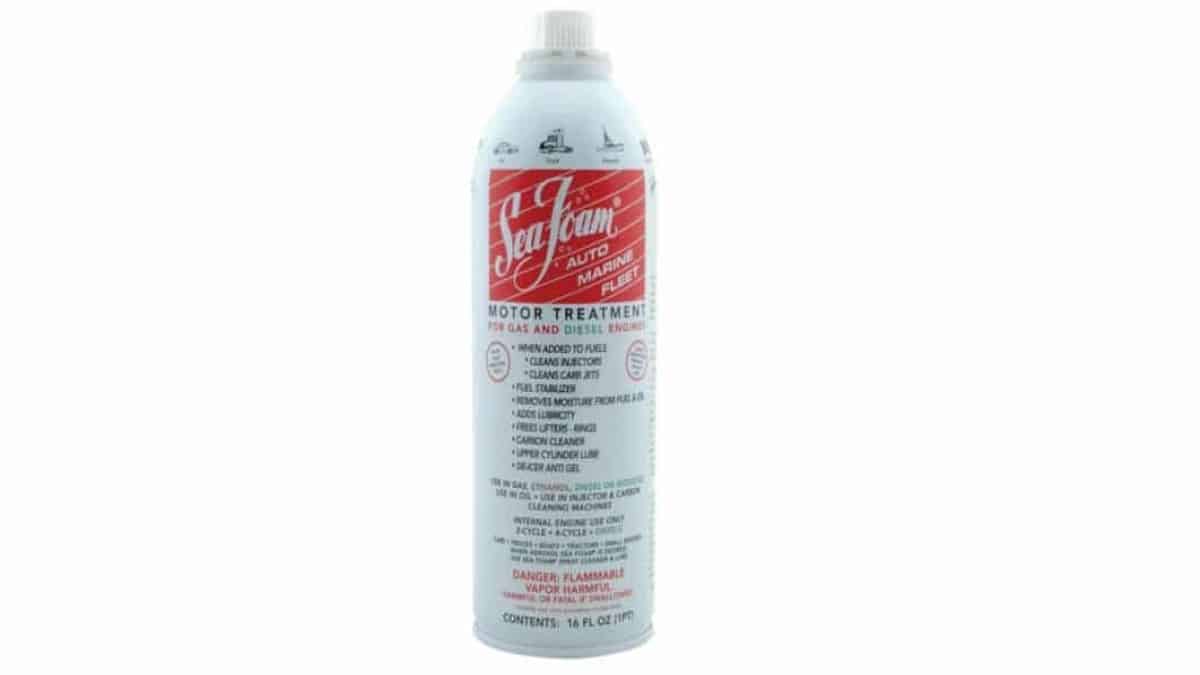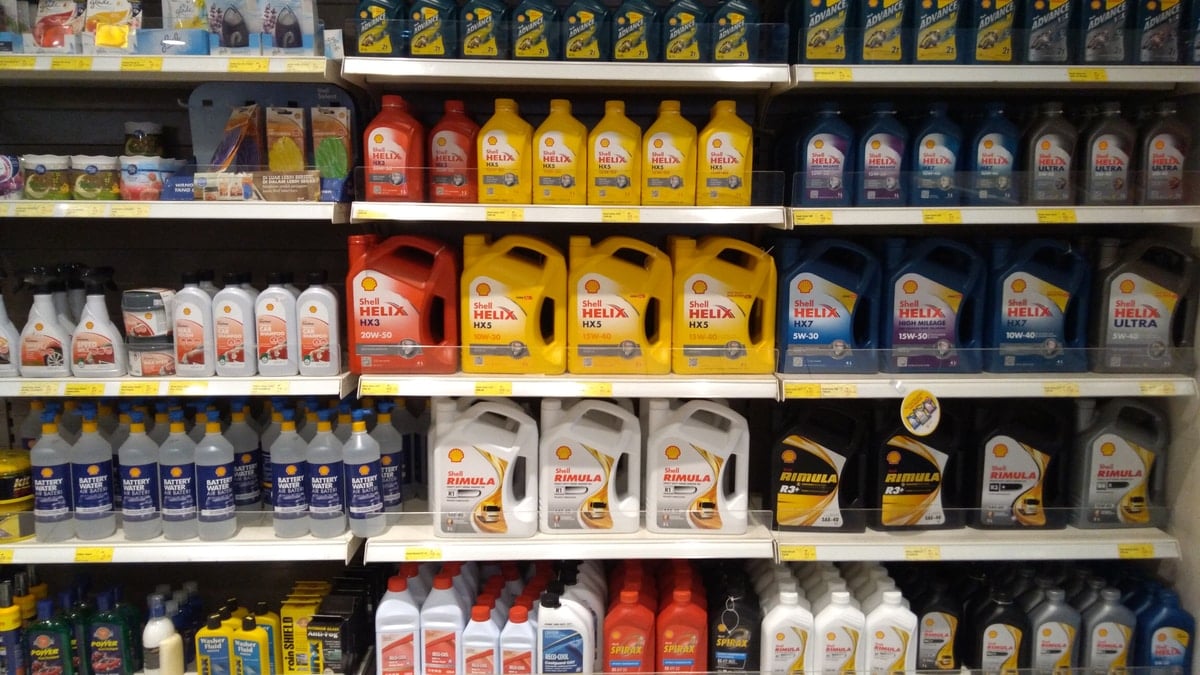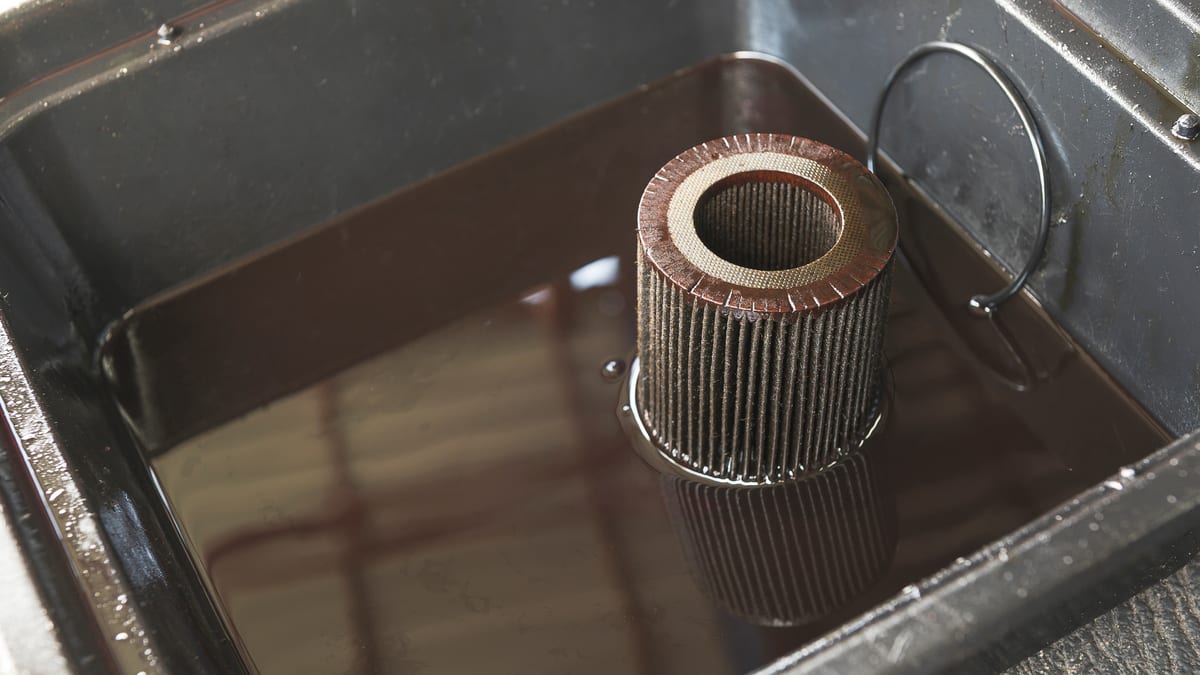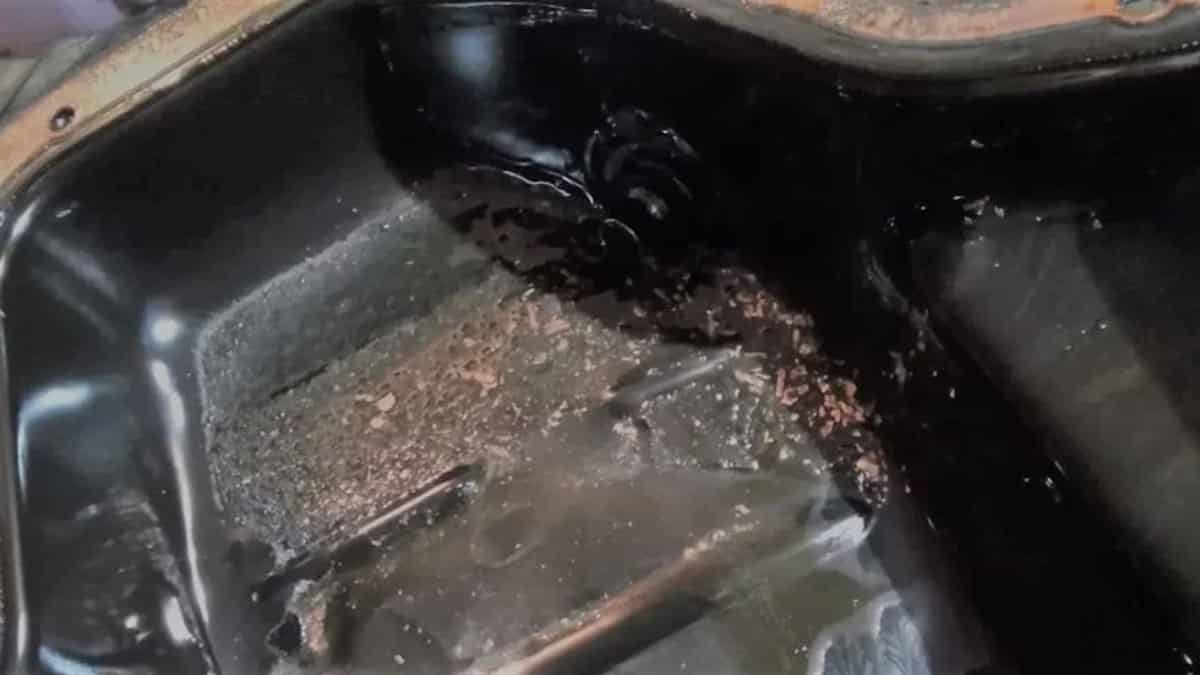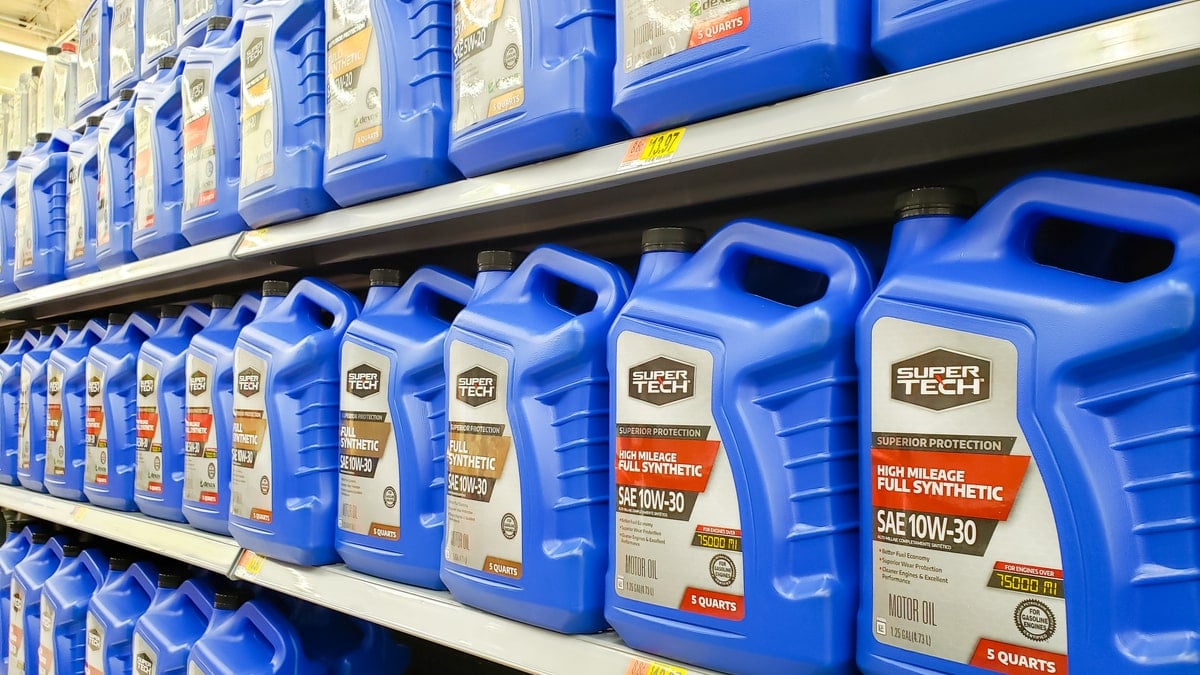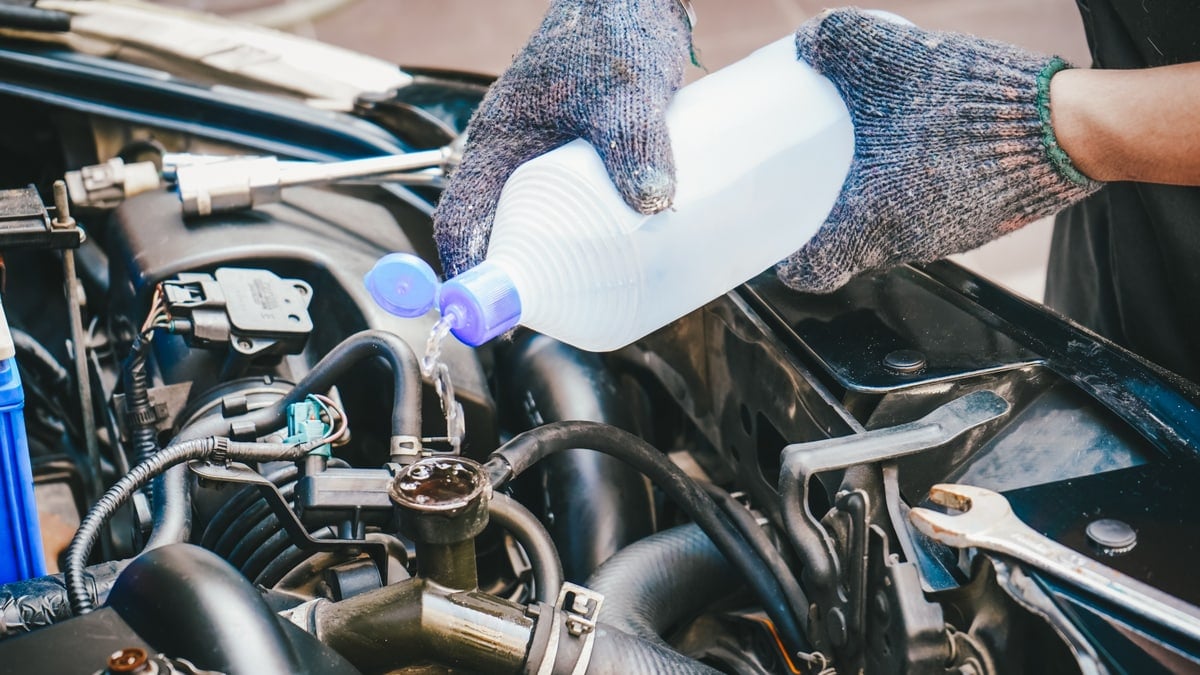If you are having trouble with your car engine, people might have recommended using Sea Foam to get things running better.
What is Sea Foam, and is it good for your car? To determine if Seafoam is the solution, it’s important to first determine its pros and cons.
In this guide, I take a closer look at the chemical composition and use of Sea Foam motor treatment. I also determine whether it should be used or not, and give you the instructions if you want to give it a try.
What is Sea Foam?
Sea Foam is an additive that is meant to clean the fuel and engine of vehicles. It can be used to clean up the carburetor passages, intake valves and other vital components. It’s designed to remove carbon deposits that build up over time.
Sea Foam can be used in both diesel and gas-powered engines. However, it’s not compatible with everything on the road.
So what is Sea foam made of? The chemical composition of Sea Foam is mainly petroleum-based products. Some of the top ingredients include pale oil (40-60%), naphtha (25-35%) and isopropyl alcohol (10-20%).
Sea Foam Pros
1. Inexpensive
It’s not cheap to own and operate a vehicle. When parts are needed or equipment must be added, you are always looking at some level of expense, on top of what you are already spending to fill up the tank with fuel and keep up with maintenance.
Depending on where you purchase your Sea Foam container, you could spend as little as $20. It’s hard to get anything for your vehicle for such a low price, making this product a great value for the benefits it offers.
2. Clean Engines

If you use the Sea Foam additive in the engine, it can offer many benefits to the oil and motor. It’s designed to remove residue and deposits left in the engine after many miles of use. This debris can prevent oil flow from occurring naturally, leaving the engine underperforming.
Sea Foam can also improve lubrication and prevent corrosion. It’s also used by customers that are concerned about the deterioration of the seals, ensuring a longer life.
3. Stabilizes Fuel
Sea Foam can also be used in the fuel system to stabilize it. If you store your vehicle, the stabilizer helps to reduce evaporation and can increase its potency over time.
The manufacturer recommends using the additive to stabilize fuel for up to two years. However, not everyone agrees that it’s good for this long. Even short-term storage might benefit from the use of the additive.
4. Saves Money on Repairs
If something starts to fail in your vehicle, you could be looking at an expensive repair. However, there’s always the chance that a simple bottle of Sea Foam could repair the issue or prolong the time you can go without needing to repair.
For example, if your car has dirty fuel injectors, you might try a can of Sea Foam before replacing them. Even having the fuel injectors cleaned can cost $200 or more, so it makes financial sense to try the additive first.
RELATED: 6 Best Motor Oils for High Mileage Engines in 2022 – Review
Sea Foam Cons
1. Thins Oil
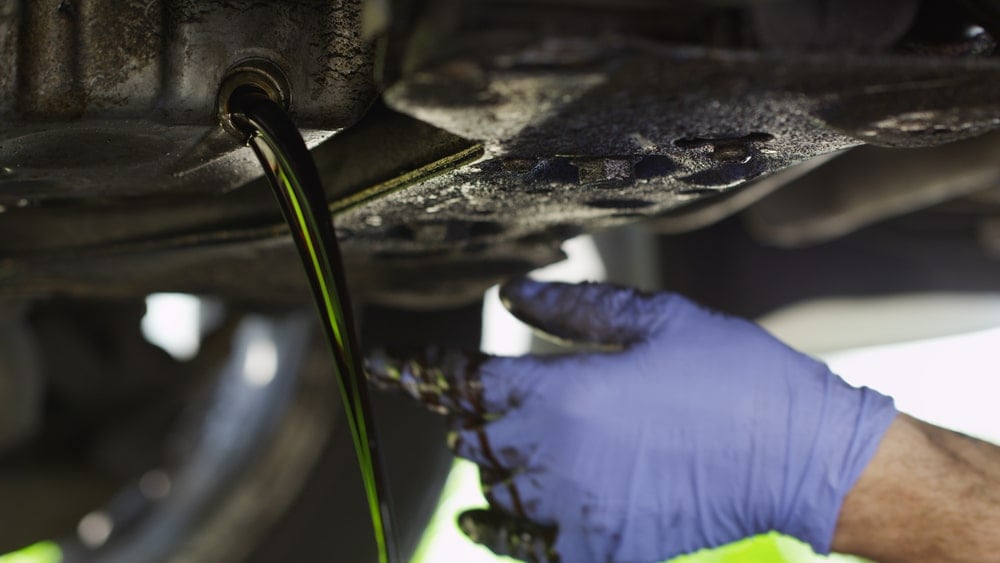
When you put too much Sea Foam in your engine, the oil can be thinned out. It’s vitally important that the oil viscosity remains consistent with the manufacturer’s specifications to keep the motor running its best. If the additive alters this viscosity, there could be bigger problems to deal with.
For this reason, it’s important not to put in more Sea Foam than what’s recommended. You don’t want to add too much and reduce the lubrication and protection of the motor oil.
RELATED: 0w20 vs. 5w20 vs. 5w30 – Oil Viscosity Explained
2. Possible Damage to O2 Sensor
Sea Foam isn’t likely to damage a well-functioning oxygen sensor. However, if the O2 sensor is already on its way out, the additive might accelerate the process.
Once the oxygen sensor fails, the engine starts to run rougher. Fuel economy also suffers and the car could fail an emissions test.
3. Decreased Fuel Economy
Some people prefer to use Sea Foam in the fuel tank to clean the system. If you do this, it’s possible to notice a decrease in gas mileage.
Of course, this decrease isn’t going to be anything major or a permanent increase. Still, no one wants to spend more on fuel than necessary.
4. Not Compatible with All Engines
If the car engine contains direct injectors, you don’t want to use Sea Foam in the motor. As the additive loosens up the dirt, debris and sludge, it will end up in the injectors, and a clog could form.
Sadly, if this happens, you might need to spend hundreds, if not thousands, of dollars for repair. The cost is even higher if you have a diesel direct-injection motor.
Should You Use Sea Foam?
Sea Foam is an inexpensive way to clean the engine. It’s also able to stabilize fuel and help you save money on car repairs. On the other hand, Sea Foam can thin out the oil if you use too much. It also isn’t compatible with all engines, can damage the O2 sensor, and decrease fuel economy.
You are the only person that can decide whether or not Sea Foam motor treatment might be a viable option. If repairs already seem necessary and you have a compatible engine, it might be worth the low cost to add a bottle and see what happens.
On the other hand, you don’t want more damage to occur. If a vital system is taken out because of the additive usage, you could be facing a much higher repair cost that puts you in a bind.
How to Use Sea Foam
1. In Crankcase
If you put Sea Foam in the engine, you are looking to clean up sludge and reduce contaminants. One can of additive treats up to 16 quarts of oil, so you probably won’t need it all.
Put the appropriate amount into the oil at least 500 miles before you get an oil change. You can use the remainder of the can after the oil change. This process ensures most of the contaminants are removed.
2. In Fuel Tank

You can also dump some Sea Foam directly into the fuel tank. With this process, you help to reduce deposits and buildup in the pump and injectors.
One bottle is meant for up to 16 gallons of fuel. Use the appropriate amount based on how large your vehicle’s tank is.
3. On Top-End
If you hope to clean out the deposits from the intake valves, combustion chambers or air intake system, you can use the Sea Foam Spray Top Engine Cleaner. It’s the same composition as the general Sea Foam additive, except that it’s sold in an aerosol spray.
The bottle comes with a hook tool that can be inserted into the air intake. This intake is often found before the throttle plates of the throttle body. Start the car engine once you have located the appropriate application area. Let the engine warm up and increase the idle speed to 2,000 RPM before you spray the contents into the intake.
Allow for a Hot Soak for 15 minutes after turning off the engine. Once the 15 minutes have elapsed, take the vehicle for a drive and be a little more aggressive with the throttle usage. After about five to ten minutes of driving, the intake should be fairly cleaned out.
4. In Diesel Fuel Filter
When you perform a diesel fuel filter change, you can use Sea Foam instead of diesel fuel to prime the filter. Take off the old fuel filter and remove the existing diesel fuel from its housing if it’s the drop-in variety.
If you have a spin-in type filter, you can fill it up with the additive before installing it. Start the motor and allow the engine to run for two minutes. Shut down the engine and leave it off for 15 minutes. Once that time has passed, you are ready to drive normally to ensure the injectors continue being cleaned.
Do you put Sea foam in before or after gas refill?
It’s recommended that you add Sea foam AFTER you’ve filled up your gas tank – not before. However, it’s not very important as long as the sea foam gets mixed with the new fuel.
Can I put Sea Foam in a full gas tank?
You can add sea foam to a full gas tank, but you have to figure out how much sea foam to mix into the gas. For regular fuel system maintenance, add 1 ounce of sea foam per gallon of gas.
How quickly does Sea Foam work?
There is no definitive answer to this question. Some people report that they see and feel a difference within minutes of using Sea Foam, while others say that it takes a few weeks or even a month before they notice a difference. It depends on how much your drive and how much buildup your car has.
Do you have to change the oil after Sea Foam?
You don’t have to, but it can be a good idea to change the engine oil 200 to 500 miles after the sea foam oil treatment.
Categories: Engine, Maintenance, Reviews
